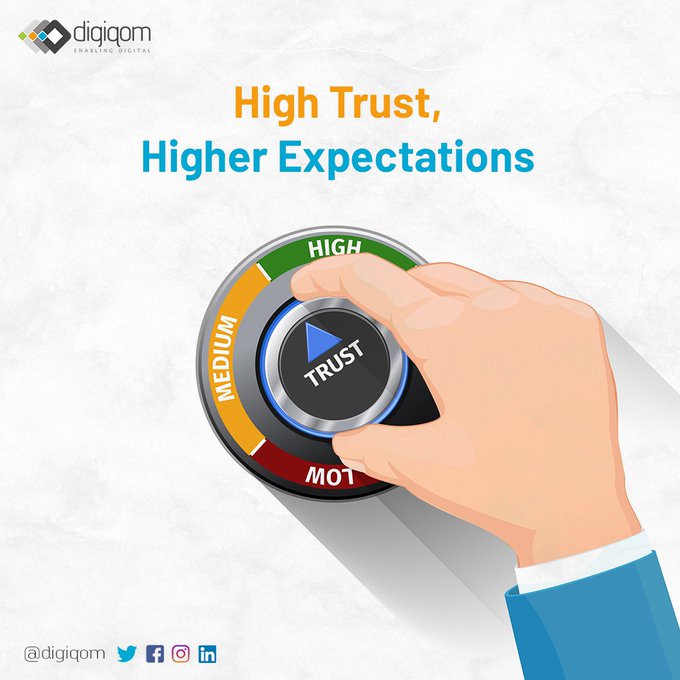
A Digital India – What Would It Take?
Can India take advantage of 4G data, ubiquitous mobile presence and rapidly declining smartphone costs, to truly become “Digital India”?
First, the anecdotes. Imran Khan, a teacher from Alwar, Rajasthan, has created over 50 free apps on subjects such as general knowledge and English for Android users, with the intent to make free education accessible to all. In another corner of the country, mobile apps are getting integrated with basic healthcare to improve pre and post-natal care for expecting mothers in rural Karnataka.
And then comes the data! With the mobile penetration reaching a billion user mark by 2017, and mobile internet access racing ahead of wired internet access, the present outlook of low penetration of internet and computing is about to see rapid change. Powering this change, will be affordability, usability and accessibility, not necessarily in that order.
Usability is perhaps, the first concern. Given the rapid expansion of mobile data and voice usage basis the apparent benefits, where even a decade back, fishermen would sell their catch from their boats before even bringing it to market, the need then is to build use cases which bring the benefits of connectivity and rich computing within the reach of the next billion. The digital age is upon us, and unless the new necessities of computing and internet access is available for the less privileged and less fortunate, the divide between digital have’s and have-not’s will only increase. “There is a major schism between analog and digital and the cracks are showing”.
As US President Barack Obama, puts it, “the internet today is not a luxury, but a necessity”. The internet provides people with the power to access all available information across the world. The internet eliminates all the boundaries and borders which dissuade people from treading the untrodden. Through social media, people can make themselves heard and their voices can be propagated to lands far away. If these benefits can be extended to the people in the rural areas of India, there would be a richer flow of ideas and thoughts, as a large portion of the budding youth of India reside in rural areas.
Next on the list is accessibility. While the world is focusing on computer literacy, where people are expected to have basic computer skills, and as some believe, people should learn coding, as computers become more powerful, it is more important to bring those learnings to make it accessible to a population which speaks 800 dialects, but uses English for business and computing. Therefore, skilling rural India and the less privileged in this area is of utmost priority in order to avoid their obsolescence. The ability to program computers is soon going to become an expectation from society as is the ability to read and write. A knowledge about computers would directly benefit businesses and thus increase our per capita.
Prime Minister Modi’s Digital India and Skill India programs could provide great impetus. The nine pillars highlighted in the Digital India initiative cover a great area of focus right from improving broadband infrastructure to e-Governance. The Digital India initiative is a one of its kind program by the Government of India and a great step towards bridging the digital divide. Corporates too have joined the bandwagon and are doing their bit towards educating the less privileged. Campaigns like “Dhanchayat”, carried out by HDFC Bank under their Swachch BankingCSR initiative, have proven to be a great tool towards achieving rural literacy in areas of organized finance. The initiative covered 5000 villages in India in one phase of the campaign and generated a lot of awareness about the dangers of borrowing money from the unorganized sector.
However, all of these come with a plethora of challenges. Affordability and physical access to devices and broadband connections for all would require colossal efforts, efficient distribution and effective business cases, not to mention, time. In addition, the cost of devices, software, maintenance and training means that there would be a huge outlay of funds from the government. Business cases for providing services to a large part of India’s rural population who live on less than 2 dollars a day would require investments and innovation. Therefore, it would take some time before we actually see the difference in today and tomorrow. The transformation is going to be gradual, rather than instant. Having said that however, India has leapfrogged the PC/laptop and is actually looking at “ground up” mobile computing.
To conclude, success does not happen overnight, it takes years and “success is not final, failure is not fatal; it is the courage to continue that counts”.



